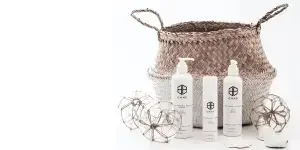In the ever-evolving world of beauty and personal care, two ingredients have consistently stood out for their transformative effects on skin health: Niacinamide and Retinol. As we step into 2025, these powerhouse components are not just maintaining their popularity but are also driving significant advancements in skincare formulations. This article delves into the essence of Niacinamide and Retinol, exploring their market potential and the social media buzz surrounding them.
Table of Contents:
1. Understanding Niacinamide and Retinol: Key Ingredients for Skincare Success
2. Exploring Popular Product Types: From Serums to Creams
3. Addressing Consumer Pain Points: Solutions for Common Skincare Issues
4. Innovations and New Products: What’s Next in Skincare?
5. Final Thoughts on Sourcing Niacinamide and Retinol Products
Understanding Niacinamide and Retinol: Key Ingredients for Skincare Success
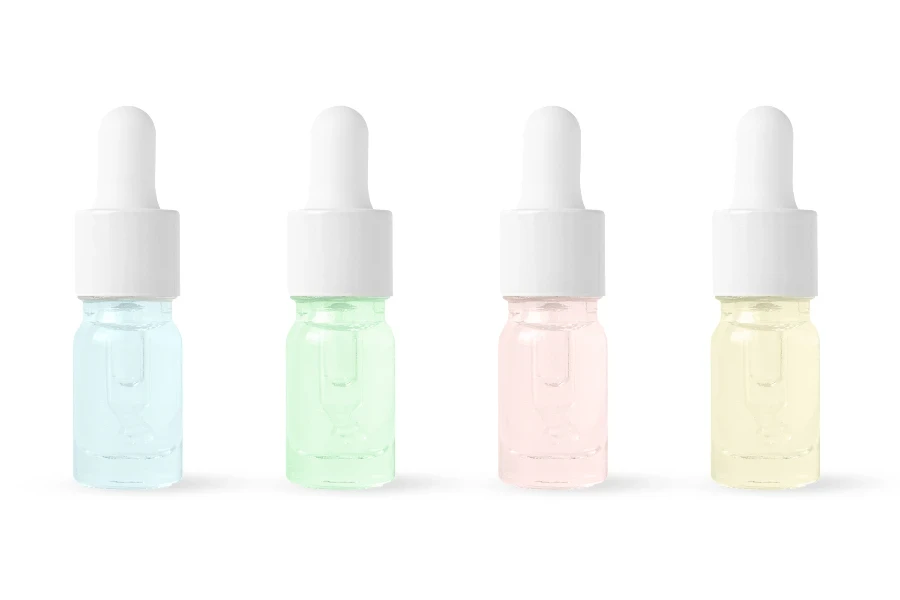
What Are Niacinamide and Retinol?
Niacinamide, also known as Vitamin B3, is a versatile skincare ingredient renowned for its ability to improve skin texture, enhance barrier function, and reduce the appearance of pores and fine lines. It is celebrated for its anti-inflammatory properties, making it suitable for all skin types, including sensitive skin.
Retinol, a derivative of Vitamin A, is a potent ingredient that accelerates cell turnover, stimulates collagen production, and diminishes the appearance of wrinkles and hyperpigmentation. Its efficacy in addressing signs of aging and improving skin texture has made it a staple in anti-aging skincare routines.
Market Potential and Demand Growth
The market for Niacinamide and Retinol skincare products is experiencing robust growth. According to a professional report, the retinol skincare product market is projected to grow by USD 144.64 million from 2022 to 2027, with a compound annual growth rate (CAGR) of 4%. This growth is driven by increasing product premiumization, new product launches, and innovations in formulations. The demand for high-quality, effective skincare solutions is propelling the market forward, with consumers seeking products that deliver visible results.
Niacinamide is also witnessing a surge in popularity, particularly in the Asia Pacific region, where consumers are increasingly prioritizing skincare products that offer multiple benefits. The ingredient’s ability to address various skin concerns, from acne to aging, makes it a sought-after component in both mass-market and premium skincare lines.
Trending Hashtags and Social Media Buzz
Social media platforms are abuzz with discussions about Niacinamide and Retinol, reflecting their growing influence in the beauty industry. Hashtags such as #NiacinamideGlow, #RetinolRevolution, and #SkincareScience are trending, with influencers and dermatologists alike sharing their positive experiences and results. The visibility of these ingredients on platforms like Instagram and TikTok is driving consumer interest and education, further boosting their market demand.
In addition to individual hashtags, broader trend topics such as #CleanBeauty and #AntiAging are aligning with the benefits offered by Niacinamide and Retinol. Consumers are increasingly seeking products that not only deliver results but also adhere to clean and sustainable beauty standards. This alignment with broader trends is enhancing the appeal of Niacinamide and Retinol, positioning them as key ingredients in the future of skincare.
As we navigate through 2025, the integration of Niacinamide and Retinol in skincare products is set to continue its upward trajectory. Their proven efficacy, coupled with the growing consumer awareness and demand for effective skincare solutions, underscores their pivotal role in the beauty and personal care industry.
Exploring Popular Product Types: From Serums to Creams
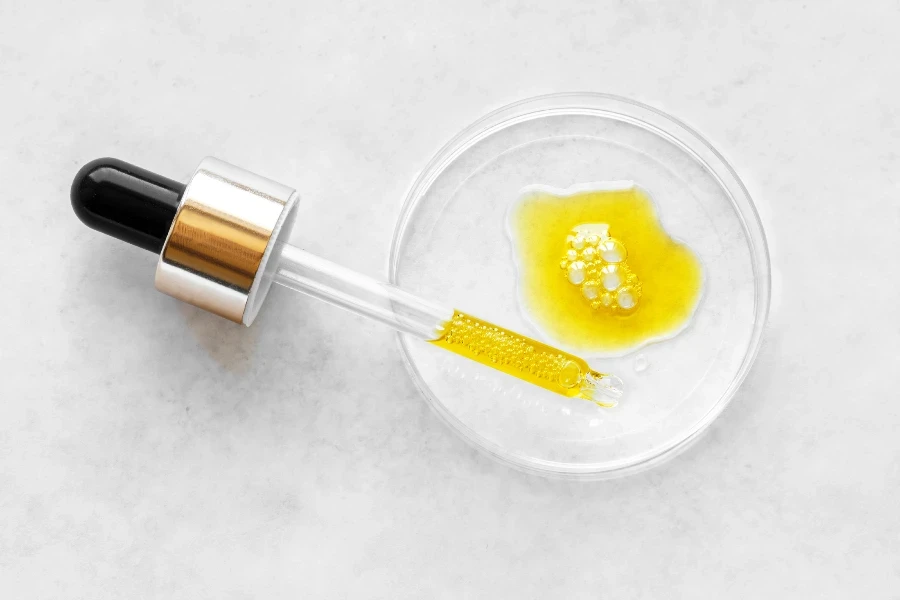
Niacinamide Serums: Benefits and Consumer Feedback
Niacinamide, a form of Vitamin B3, has become a staple in the skincare industry due to its multifaceted benefits. Niacinamide serums are particularly popular for their ability to address a variety of skin concerns, including hyperpigmentation, acne, and fine lines. According to a professional report, niacinamide is favored for its anti-inflammatory properties, making it suitable for sensitive skin types. Business buyers should consider sourcing niacinamide serums that are formulated with additional hydrating ingredients like hyaluronic acid to enhance their efficacy and appeal to a broader consumer base.
Consumer feedback on niacinamide serums is overwhelmingly positive, with many users reporting noticeable improvements in skin texture and tone. For instance, Olay’s Niacinamide + Peptide 24 Face Moisturizer has received high praise for its ability to reduce the appearance of fine lines and improve skin elasticity. Retailers and wholesalers should look for products that have been clinically tested and have a strong track record of consumer satisfaction. Ensuring that the serums are packaged in air-tight, opaque containers can also help maintain the stability and potency of niacinamide, which is sensitive to light and air.
Retinol Creams: Effectiveness and User Reviews
Retinol, a derivative of Vitamin A, is renowned for its anti-aging properties. Retinol creams are highly effective in promoting cell turnover, reducing wrinkles, and improving skin texture. According to a report by Research and Markets, the retinol skincare product market is expected to see significant growth due to increasing product premiumization and innovation. Business buyers should prioritize sourcing retinol creams that offer a balanced formulation to minimize irritation, a common side effect of retinol use.
User reviews of retinol creams often highlight their transformative effects on the skin. Products like RoC Retinol Correxion Deep Wrinkle Night Cream are frequently mentioned for their ability to visibly reduce deep wrinkles and fine lines. When selecting retinol creams, it is crucial to consider formulations that include soothing ingredients such as niacinamide or hyaluronic acid to counteract potential dryness and irritation. Additionally, packaging that protects retinol from light and air exposure is essential to maintain its effectiveness.
Combination Products: Pros and Cons
Combination skincare products that incorporate both niacinamide and retinol are gaining popularity for their convenience and synergistic benefits. These products offer a comprehensive approach to skincare, addressing multiple concerns such as aging, acne, and hyperpigmentation in a single formulation. Business buyers should evaluate the pros and cons of these combination products to determine their suitability for their target market.
One of the main advantages of combination products is their ability to streamline skincare routines, which is particularly appealing to consumers with busy lifestyles. For example, products like The Ordinary’s Retinol 0.5% in Squalane combine the anti-aging benefits of retinol with the soothing properties of squalane, making it a versatile option for various skin types. However, the potential for increased irritation due to the presence of multiple active ingredients is a notable drawback. It is essential to source products that have been dermatologically tested to ensure they are safe and effective for regular use.
Addressing Consumer Pain Points: Solutions for Common Skincare Issues
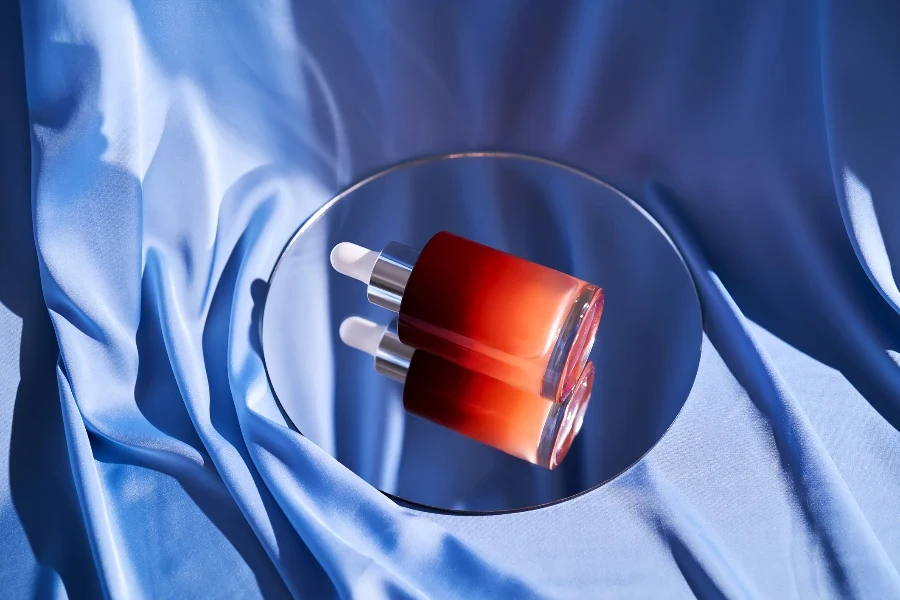
Tackling Sensitivity and Irritation
Sensitivity and irritation are common concerns among skincare consumers, particularly when using potent active ingredients like retinol. Business buyers should prioritize sourcing products that are formulated to minimize these issues. Incorporating soothing ingredients such as aloe vera, chamomile, and ceramides can help alleviate irritation and enhance the overall user experience. For instance, products like CeraVe’s Skin Renewing Retinol Serum include ceramides to restore the skin barrier and reduce sensitivity.
Ensuring that products are free from common irritants such as fragrances, alcohol, and harsh preservatives is also crucial. Offering a range of products specifically designed for sensitive skin can help cater to a broader audience and build consumer trust. Additionally, providing clear usage instructions and emphasizing the importance of patch testing can further mitigate the risk of irritation.
Managing Expectations: Realistic Results
One of the key challenges in the skincare industry is managing consumer expectations. While ingredients like niacinamide and retinol are highly effective, they require consistent use over time to achieve noticeable results. Business buyers should source products that provide realistic claims and set appropriate expectations for consumers. Highlighting clinical studies and user testimonials can help reinforce the credibility of the product’s efficacy.
Brands like Paula’s Choice are known for their transparent communication regarding product benefits and timelines for visible results. By sourcing products from reputable brands that prioritize honesty and transparency, retailers and wholesalers can foster consumer loyalty and satisfaction. Additionally, offering educational resources on the proper use of active ingredients can help consumers achieve the best possible outcomes.
Ensuring Product Compatibility
Product compatibility is a critical factor in skincare, as using incompatible products can lead to adverse reactions and diminished efficacy. Business buyers should source products that are designed to work well together, particularly when it comes to potent active ingredients like niacinamide and retinol. Offering combination sets or curated skincare routines can help consumers navigate the complexities of product layering and ensure optimal results.
For example, The Inkey List offers a range of products that are specifically formulated to be used in conjunction with each other, providing a seamless skincare experience. Ensuring that products are clearly labeled with compatibility information and usage guidelines can help prevent consumer confusion and enhance the overall user experience. Additionally, providing customer support and access to skincare experts can further assist consumers in creating effective and safe skincare routines.
Innovations and New Products: What’s Next in Skincare?
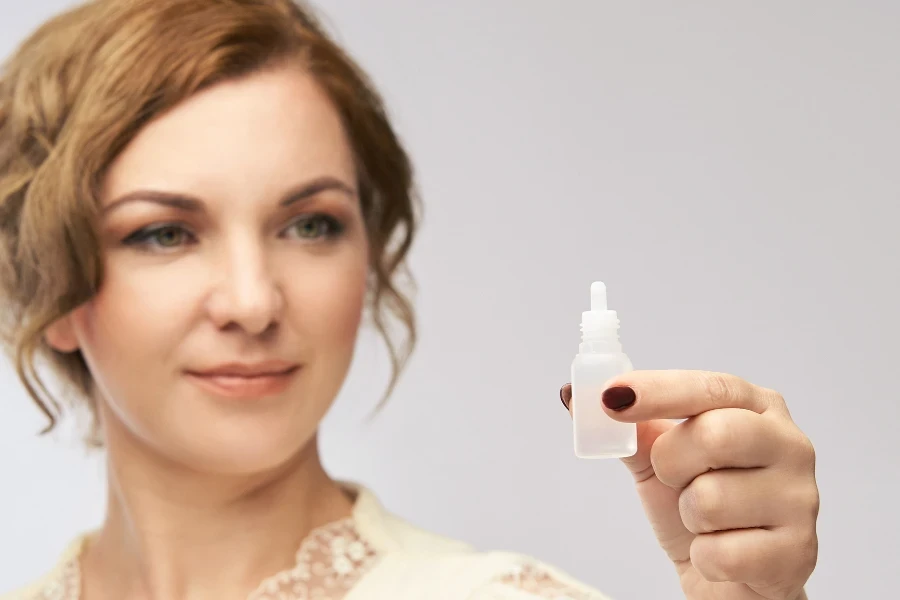
Breakthrough Formulations and Technologies
The skincare industry is continuously evolving, with new formulations and technologies emerging to address consumer needs more effectively. Business buyers should stay informed about the latest innovations to offer cutting-edge products to their customers. For instance, the use of encapsulation technology in retinol products allows for a controlled release of the active ingredient, reducing irritation and enhancing efficacy. Products like Murad’s Retinol Youth Renewal Serum utilize this technology to deliver potent results with minimal side effects.
Another notable innovation is the incorporation of NAD+ in skincare products, which has been shown to boost cellular energy and promote skin repair. According to a professional report, NAD+ is gaining popularity for its anti-aging benefits and is being incorporated into both topical and ingestible products. Sourcing products that leverage these advanced technologies can help business buyers stay ahead of market trends and meet the growing demand for high-performance skincare solutions.
Emerging Brands and Their Unique Offerings
Emerging brands are making significant strides in the skincare industry by offering unique and innovative products that cater to specific consumer needs. Business buyers should consider partnering with these brands to diversify their product offerings and attract a wider audience. For example, brands like Elivity focus on longevity supplements that support skin health from the inside out, appealing to consumers interested in holistic beauty solutions.
Another emerging brand, Auro Skincare, offers glutathione-infused cosmetics and transdermal supplements to manage the impact of stress on the skin. By sourcing products from such innovative brands, retailers and wholesalers can provide their customers with novel solutions that stand out in a crowded market. Additionally, supporting emerging brands can help foster a sense of community and loyalty among consumers who value unique and purpose-driven products.
Sustainable and Ethical Skincare Trends
Sustainability and ethical practices are becoming increasingly important to consumers, and the skincare industry is no exception. Business buyers should prioritize sourcing products that align with these values to meet the growing demand for eco-friendly and socially responsible skincare. Brands like Tata Harper are leading the way by offering 100% natural and non-toxic products, with a strong emphasis on sustainability and ethical sourcing.
Ensuring that products are packaged in recyclable or biodegradable materials can also enhance their appeal to environmentally conscious consumers. Additionally, sourcing products from brands that prioritize fair trade practices and cruelty-free formulations can help build consumer trust and loyalty. By staying attuned to these trends, business buyers can offer products that not only deliver exceptional results but also align with the values of their target audience.
Final Thoughts on Sourcing Niacinamide and Retinol Products
In conclusion, sourcing niacinamide and retinol products requires a thorough understanding of their benefits, consumer preferences, and market trends. By prioritizing formulations that address common skincare concerns, leveraging innovative technologies, and aligning with sustainable and ethical practices, business buyers can offer high-quality products that meet the evolving needs of their customers. Staying informed about the latest developments in the skincare industry and partnering with reputable and emerging brands will ensure a competitive edge in the dynamic beauty market.



